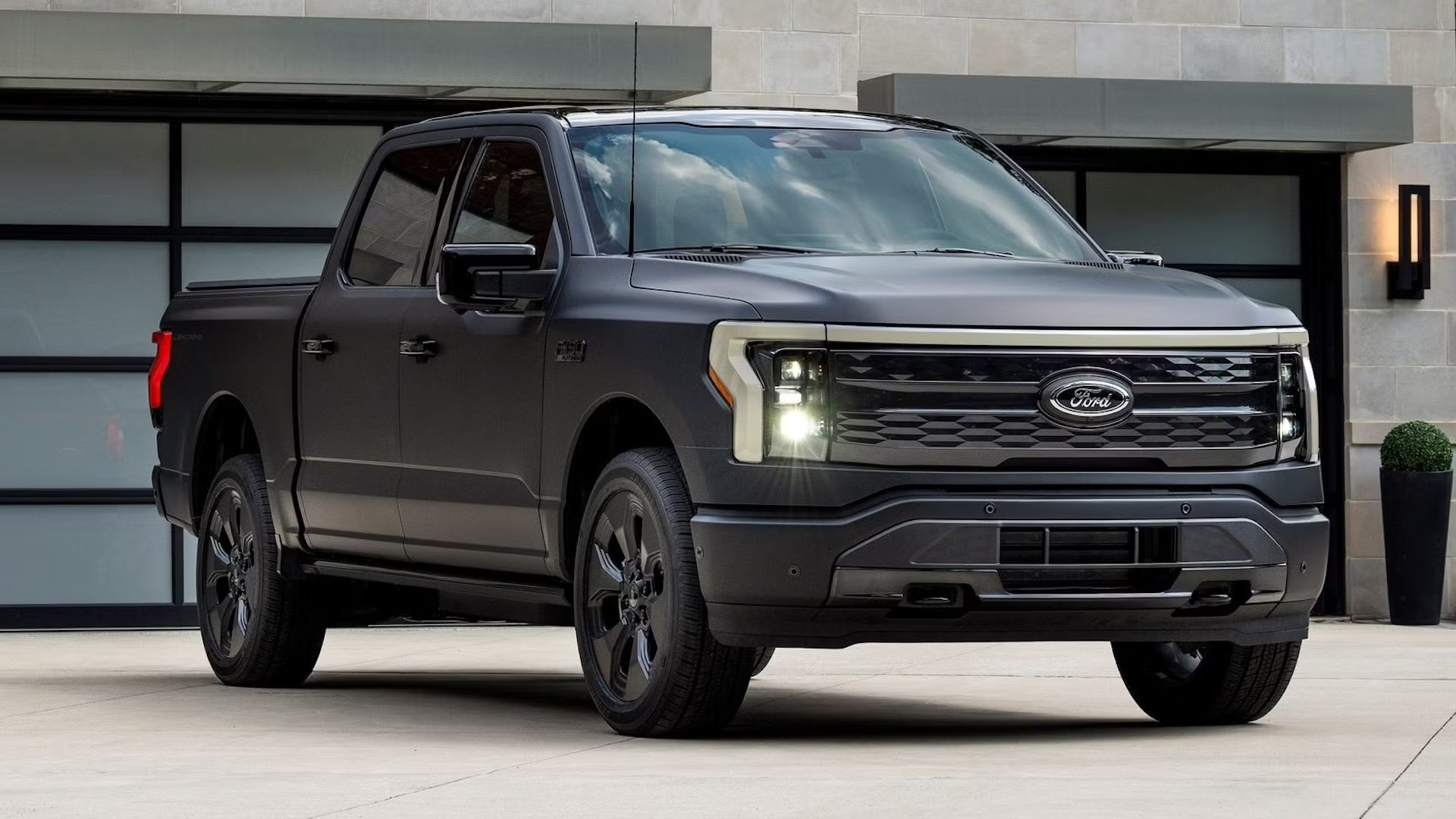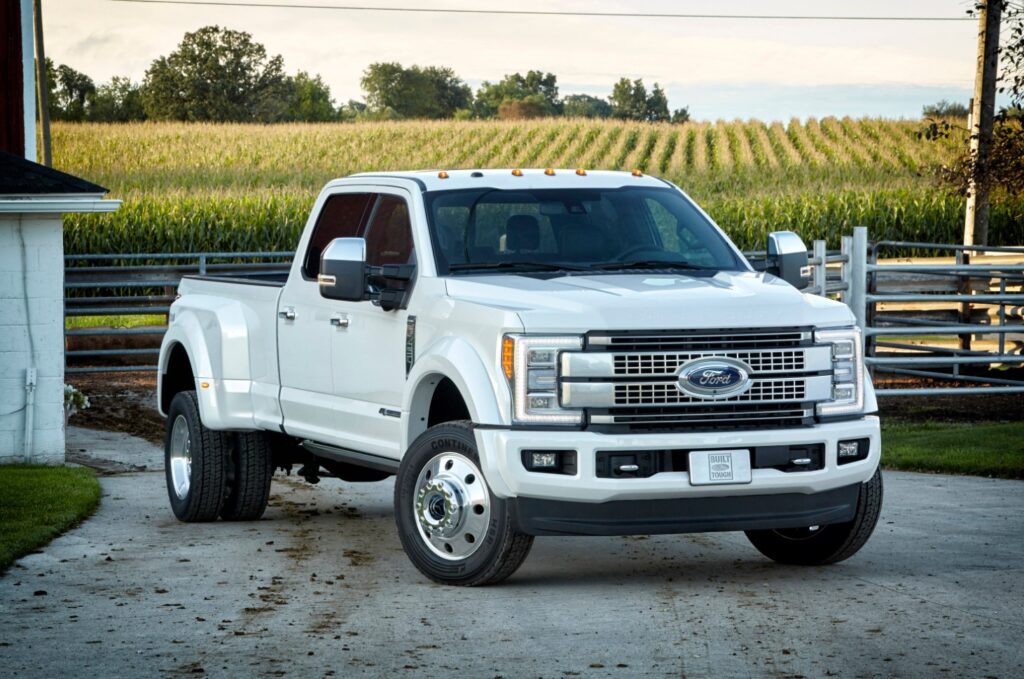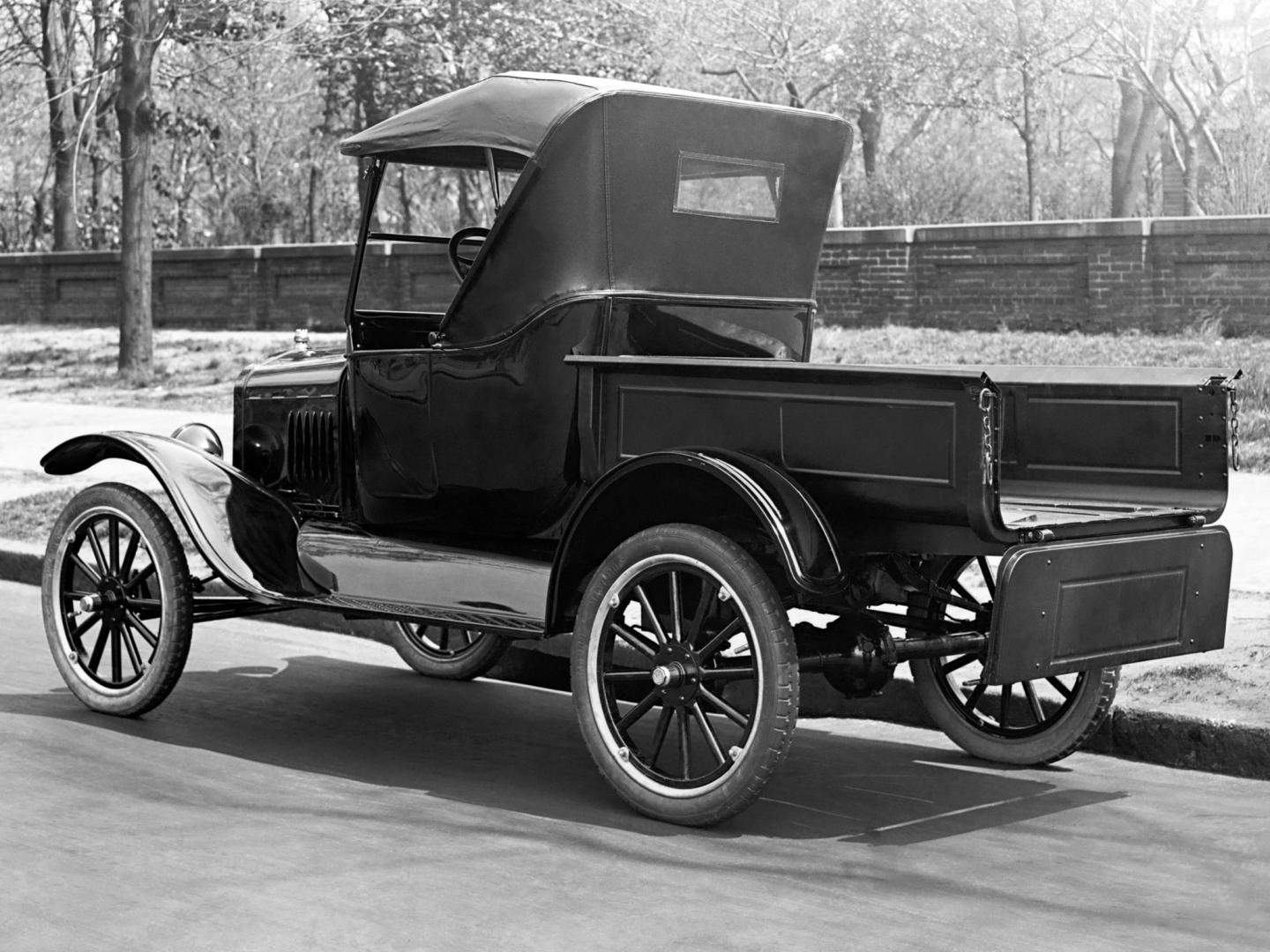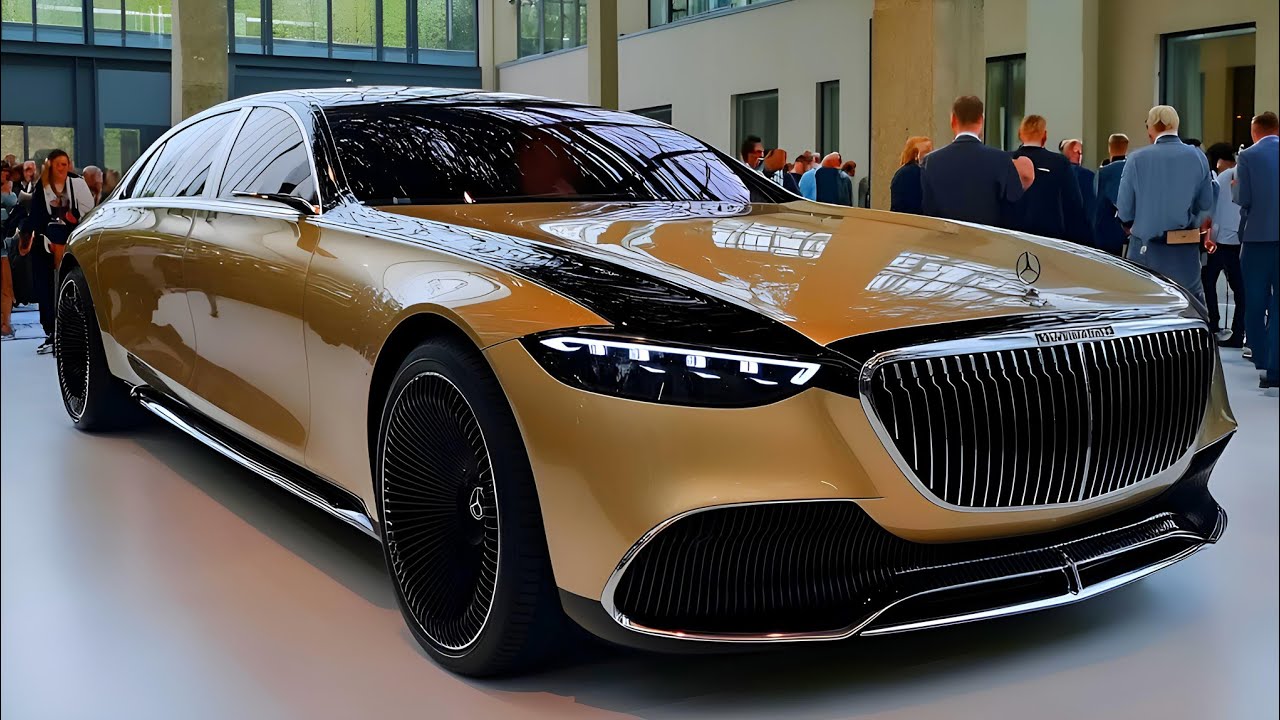Ford is “a blue-collar” brand, one of those brands associated with the working man, the one who does the work and puts in the hard hours. The very first Ford, the 1908 Model T, was what the Beetle was to Volkswagen, a tectonic shift that put the motor car within reach of the average American. This was especially the case in the mid-1920s, when Henry Ford figured out the moving assembly line and managed to reduce the price of the Model-T to about $260 (approx. $4.500 today).
This means that 15 years after the introduction of the Model T, Ford managed to figure out how to offer its iconic automobile to the masses without the excessive costs. Today, Ford is taking the same play from its playbook with its $30,000 EV truck set to arrive in 2027. With a $5 billion investment into its EV plants, the new electric Ford truck could be the company’s second Model T moment, and just like the Model T, it could change the way Americans think about cars.
What Do We Know So Far About the New 2027 Ford EV Truck?

According to initial statements, the new Ford EV truck will be mid-sized, similar to the size of the Ford Ranger with a bed, a frunk, and four doors. Ford also said that the new truck will be as fast as an EcoBoost Mustang, which would mean that its 0-60mph time should be under 5.6 seconds. Lastly, Ford also said that the truck will be roomier than the Toyota RAV4, will support fast-charging, and even be able to power a house for up to six days thanks to its bidirectional charging capabilities. Its bed should be large enough to accommodate surfboards without the need for a roof rack or a trailer hitch.
According to Doug Field, Ford’s chief EV, digital, and design officer, “We took inspiration from the Model T – the universal car that changed the world. We assembled a really brilliant collection of minds across Ford and unleashed them to find new solutions to old problems. We applied first-principles engineering, pushing to the limits of physics to make it fun to drive and compete on affordability. Our new zonal electric architecture unlocks capabilities the industry has never seen. This isn’t a stripped-down, old-school vehicle.”
He also went on to say that the new 2027 Ford EV truck will not just be about space and utility, and that it will benefit from a low center of gravity, instant torque from the electric motor, and superior chassis management, which will make the truck fun to drive. More information about the truck will follow soon, such as information about its EPA-estimated maximum range, the starting price, the reveal date, and all the information regarding battery sizes and charge times.
How Ford’s New Production Strategy Enables a $30,000 EV Truck

One of the more interesting aspects of the announcement is how Ford’s new production strategy enables a $30,000 EV truck. By replacing the trusty moving assembly line, which dates back to the Model T, with the new Ford Universal EV Production System, the upcoming line of Ford electric vehicles will be much more advanced than anything that came before it.
How Does the New Ford Universal EV Production System Work?
Compared to the old moving linear conveyor line, the new line will feature three separate sub-assemblies built in parallel. The front section of the vehicle includes a large single-piece aluminum unicast, the rear section of the vehicle includes a large single-piece aluminum unicast, and a structural battery pack assembled with pieces of the interior, such as the carpeting, the dash, the seats, and the consoles.
The idea, in layman’s terms, is to then combine these three sub-assemblies into a single line where the final assembly takes place. According to Ford, the new assembly method will save up to 40% of time compared to the existing Louisville Assembly Plant once the plant starts making cars at full capacity. Plus, an initial speed improvement of 15% the moment plant operations commence.
How Ford’s New EV Production System Cuts Production Costs
One of the more important benefits of the new assembly system is that it enables Ford to cut parts costs by up to 20% compared to a “regular” vehicle. These will also require 25% fewer fasteners to keep it all together, and up to 40% fewer physical workstations within the plant. Ford also says that the wiring harnesses that will go into the new affordable Ford EV truck will be 1.3km shorter and 10kg lighter than those found in the Ford F-150 Lightning.
The process should also reduce the possibility of human error during production and assembly by using pre-packaged parts kits with all the necessary fasteners, bolts, tools, and scanners in perfect placement. All of this enables Ford to cut down on the production costs, which in turn, enables it to offer a competitive electric truck with a $30,000 price tag.
How Ford’s New EV Battery System Enables Maximum Efficiency
With a lithium iron phosphate (LFP) battery pack that is also a structural component of the vehicle, the new Ford EV truck will use the battery both for propulsion purposes and for its floor. LFP batteries, in general, are cheaper and more durable than most since they are both cobalt and nickel-free while also being more durable. Because of that, the battery pack itself will greatly add to the efficiency of the assembly process.
What sets the battery pack apart is that it is going to be used for many upcoming Ford electric vehicles without the need for major overhauls. The entire system is designed to be modular and thus can be used for FWD, RWD, and AWD vehicles, all within the same facility.
Why Ford’s 2027 $30.000 Truck Could Be the New Model T?

As InsideEVs reports, Ford CEO Jim Farley described China’s electric vehicle industry as “the most humbling thing I’ve ever seen,” adding that “they have far superior in-vehicle technology.” He went on to say that he’s been to China six or seven times in the past year to check out the competition, and the effect of Chinese EVs is rewriting the entire rule book of global car sales.
In such a competitive climate, legacy automakers are having a hard time catching up since Chinese EV production rates and prices are leagues above what they can offer. There has also been a growing discontent among customers all across the globe due to the lack of a truly affordable mass-produced electric car that suits the needs of the general consumer. This is where Ford’s new $30,000 EV truck steps in — or, as Ford’s CEO described it, “a Model T moment.”
The reasons why are rather simple. This new truck is targeted at mass affordability since it starts at as much as $20,000 less than its larger EV counterpart, the Ford F-150 Lightning. This was also part of the original idea of Henry Ford’s 1908 Model T – a reliable vehicle so affordable that a person making a good salary could own it.
In addition to this, Ford’s production facility investments of $5 billion also follow the same “ethos” as with the Model T. Cut costs, make the assembly more efficient, and use it to mass-manufacture a car model set to define the brand for many decades to come.
Ford’s 2027 Electric Truck vs Ford F-150 Lightning
The upcoming Ford EV truck is still mostly under wraps, and there isn’t too much information available to the general public. However, Ford did give us enough to make a reasonable assumption as to how this highly anticipated electric truck compares to Ford’s current EV truck flagship – the Ford F-150 Lightning.
Here is what we know so far:
| Feature | 2027 Ford $30k Midsize EV Truck | Ford F-150 Lightning |
| Price | ~$30,000 starting price | Starts above $50,000 |
| Platform | New EV Platform; modular “assembly tree”; fewer parts, quicker | Built on legacy F-Series platforms, traditional assembly lines |
| Size and Performance | Midsize, comparable passenger volume to Toyota RAV4, Mustang EcoBoost–level performance | Full-size pickup; dual motors offering 452–580 hp, up to ~320-mile range |
| Investments | $5B into Louisville and Michigan for EV and battery production | Built on established legacy infrastructure; comparably incremental EV upgrades |
| Product Placement | Positioned as an affordable, mass-market EV—Ford’s “Model T moment” | Positioned as a premium, high-performance EV truck in line with traditional F-Series offerings |
Is the Future of Pickup Trucks Truly Electric?
We live in an era of the automotive industry that is rapidly shifting with each production cycle. Legacy brands are being threatened by newcomers to the industry, and the “status quo” within the industry looks shakier than usual. In addition to this, recent estimates within the U.S. actually show a decrease in interest in electric vehicles altogether.
If we also take into account that pickup truck drivers use their trucks both for work and leisure, it begs the question of whether the future of pickup trucks is truly electric. The viability of electric vehicles depends on many aspects that aren’t directly tied to the vehicle itself. For instance, without proper infrastructure to support a mass transition toward electrons as a means of transportation, it makes little sense to rely on an electric truck for work purposes.
Realities such as range anxiety, towing constraints, hauling limitations, and lack of hands-on experience on electric trucks all create a tangible issue of long-term use. Although efforts presented by Ford with its upcoming $30k electric truck do sway the equation in a favorable direction, there are still many questions that need to be answered. Pickup trucks have been relying on diesel for many reasons.
Diesel fuel offers higher energy density, high-torque potential, and superior efficiency, all of which make it a better option than gasoline. We will have to wait and see how the future of electric pickup trucks unfolds, but vehicles like the 2027 Ford EV truck are going to play an instrumental role in paving the way for others to follow.
Which Trucks Rival the $30k 2027 Ford EV Truck?

Ford isn’t the only one looking to satisfy the affordable segment of electric trucks, as many other automakers are hoping to do it better. For example, the Slate Truck (Slate Auto) even hopes to undercut Ford’s offering by placing the Slate Truck in the mid $20k region. With a bare-bones design featuring few comfort amenities, the Slate Truck is a clear example of automakers trying their very best to lower the entry price as much as possible.
The Telo MT1 also hopes to offer the same value proposition with a more urban-oriented truck, but its starting price is above $40k. While on the topic of domestic competition, there isn’t much to discuss just yet, but it’s safe to say many U.S. automakers are watching closely to see how Ford does it.
Why Are Electric Cars So Expensive?
Electric cars have been around for quite a while now, but that does not mean that the industry has managed to find the best way of making them. Transitioning to electric vehicles requires huge investments in completely new methods of research and development, and the experience most automakers possess is limited.
Here are the main reasons why electric cars are so expensive:
- Battery Costs – Electric car batteries are made predominantly from lithium, nickel, cobalt, and other costly materials, which are hard to source and hard to refine. They remain the single biggest expense in EV production. Even though the prices of electric car batteries are falling, they are still way too expensive for affordable electric vehicles, at least in the Western world.
- Research & Development – As mentioned previously, automakers spend heavily on new EV platforms, software, and technology, which drives up prices. Ford’s $5 billion investment is a clear example of how high the stakes are when an automaker decides to go electric, especially so while the accompanying infrastructure and business climate aren’t ideal.
- Limited Economies of Scale – Unlike gas cars, EVs are still produced in smaller numbers, so the cost per vehicle remains high. One of the ways automakers are able to lower the prices of some of their models is through mass production. The more cars sold, the lower the R&D cost per specific vehicle.
- Raw Material Supply Chains – Mining and refining critical minerals for batteries is expensive and geopolitically sensitive, adding risk and cost. The issue is also further exacerbated by the political climate and how these minerals are being traded globally. Supply chains aren’t as readily available or as consistent. This aids risk, risk creates uncertainty, and uncertainty drives prices up.
- High-Tech Features – A fairly consistent topic across electric vehicles is that they are very tech-savvy. Features such as the Tesla AutoPilot painted the EV world as incredibly innovative and with next-gen tech. Such solutions cost a lot of money to develop and scale, and those costs are often transitioned to the customer.
- Profit Margins & Early Adopters – Companies typically price EVs higher to recoup investments and because early adopters are willing to pay a premium. Electric vehicles are not as widely adopted, and when someone chooses to buy an EV, they also choose to pay more for being one of the early adopters. With fewer vehicles being sold, profit margins can also be a bit stretched, and this is also often reflected in the price.
- Tariffs and Regulation – The current political climate within the U.S. is characterized by imposing stiff tariffs on many goods and services. Electric cars are not exempt from said tariffs, and many non U.S. made electric cars are more expensive because of that. If we also add the highly controversial “EV Mandate” to the equation, the result is shaping up to be a market where prices remain inflated, and consumer choice is highly restricted.
Also Read: Why Used-Car Prices Are Spiking in 2025 — And How to Still Win at Auctions
Final Thoughts on Ford’s $30K EV Truck
It takes guts to step out of comfort and try something no one has ever done before. With the new 2027 Ford EV truck, it’s very much the same, since mass-produced, affordable electric pickup trucks don’t yet exist. Even though time will tell how this move is going to materialize in the company’s balance sheet, it’s worth giving Ford the praise for being the one willing to break the ice.
At the same time, the used-car market is also experiencing considerable price woes as used car prices are spiking in 2025, and uncertainty within the industry is at its highest. If Ford truly does manage to offer a competitive electric truck that ticks all the EV boxes without sacrificing all of the essential pickup traits, we are all up for it.
FAQs
1. How much will Ford’s $30K EV truck actually cost on the road?
The $30K price is the starting MSRP, meaning the base model without extra features. With taxes, destination charges, and possible dealer fees, the final “out-the-door” cost will likely be higher.
2. What range can buyers expect from Ford’s budget EV truck?
Ford hasn’t released official EPA numbers yet, but early reports suggest a range suitable for daily commutes and light hauling—likely between 200–250 miles per charge.
3. Is the $30K EV truck eligible for federal or state EV incentives?
Yes, depending on where you live. The truck may qualify for the federal EV tax credit (up to $7,500) and additional state rebates, which could lower the effective cost even further.
4. Who is the $30K EV truck best suited for?
It’s designed for budget-conscious buyers, first-time EV owners, and those who want a practical work or commuter truck without the hefty price tag of larger electric pickups.






